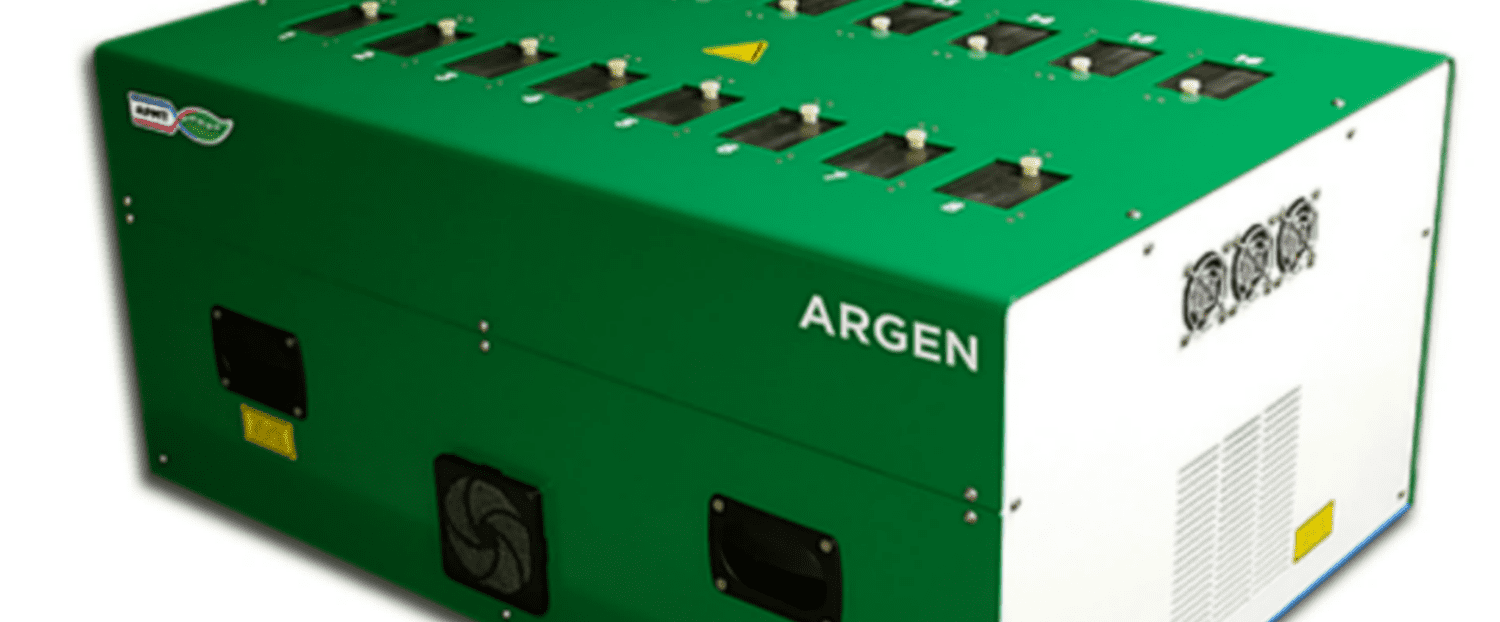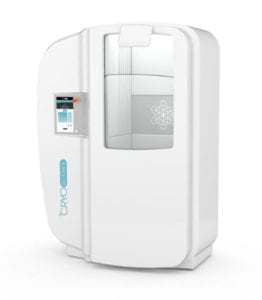
Fluence Analytics’ mission is to play an enabling role in the polymeric materials and biopharmaceuticals manufacturing industries by delivering innovative products vital to the research, development and production of these materials. Fluence Analytics manufactures a product called ARGEN to assess the pharmaceutical stability of therapeutic proteins and general stability of natural polymer products.
The engineers at Fluence Analytics decided to use simulations for their ARGEN product line.

The ARGEN system utilizes static light scattering as its critical measurement parameter. There are 16 optical assemblies within a system, so rigidity of the system is important. ARGEN is also a benchtop instrument, so weight is also a design concern. SimScale enabled the team to test different framing configurations with different materials to find an optimal balance of weight and rigidity.
The team wanted to incorporate computer-aided engineering (CAE) to better understand the design choices without having to execute many expensive prototype runs. Without the use of SimScale, they would have had to allocate more money to test different design versions. By applying numerical simulations, they managed to establish an efficient and cost-effective way to gather data.
We wanted to incorporate computer-aided engineering (CAE) to better understand our design choices without having to execute many expensive prototype runs. Without the use of SimScale, we would have had to allocate more money to test our design choices. By applying numerical simulations we managed to establish an efficient and cost-effective way to gather data used in design choices.
Fluence Analytics' engineering team
In the design evaluation, they focused on stress analysis (FEA). They approached the problem by testing different parameters in simulation setups until they found a configuration that lead to reasonable results. From there, the engineers could set up many parallel experiments to test the effects they were interested in.
For the analysis, they decided to go with solid mechanics, static analysis. The simulation involved contacts, different materials for each body, fixed constraint at the base of the frame and pressure load on the mounting board.
The team wanted to test the interaction between the framing and the board which the optical components are mounted on. They were made out of two different materials so multibody simulations presented them with a challenge. They had to decide if the mating faces should be connected with bonded or physical contacts. Bonded contacts were chosen because they were not interested in reaction forces, only how the assembly would deform.

Overall, the simulations performed excellently. For the project, they ran 25 simulations on 4-core machines. The average run time was 10 minutes. After the initial setup was ready, it was very easy to produce the deformation information that was of interest.
The team’s design process for this project was split into two parts:
The greatest benefit the CAE approach provided to the company was an efficient and cost-effective way to gather data used in design choices.
Looking toward the future, there are many aspects that the engineers at Fluent Analytics want to improve in the ARGEN system using SimScale. Some examples would be further reducing the weight of the system without compromising performance and better understanding the airflow and heat transfer within their system.





Sign up for SimScale
and start simulating now